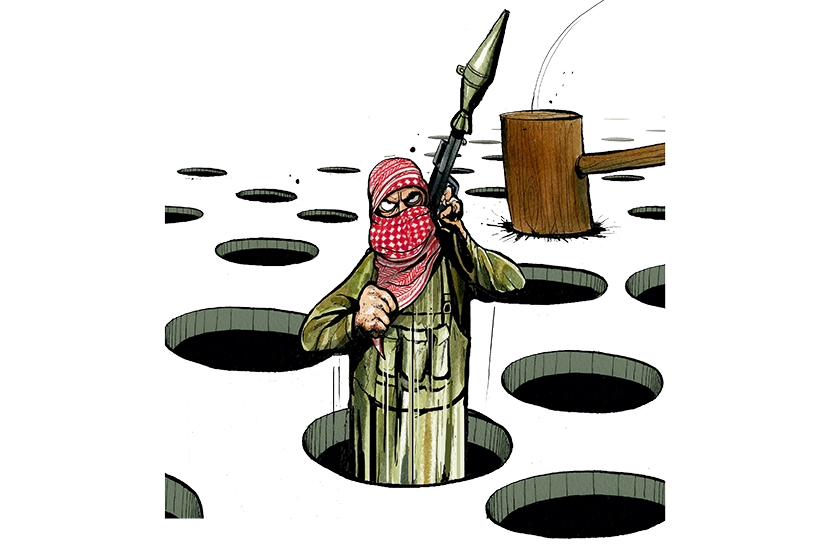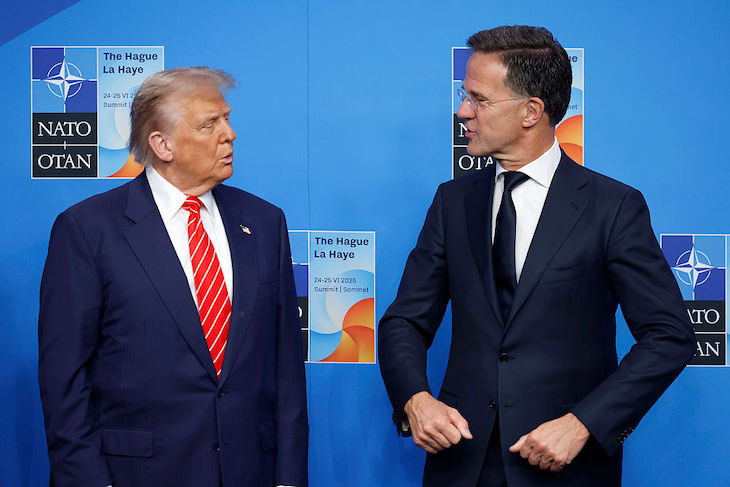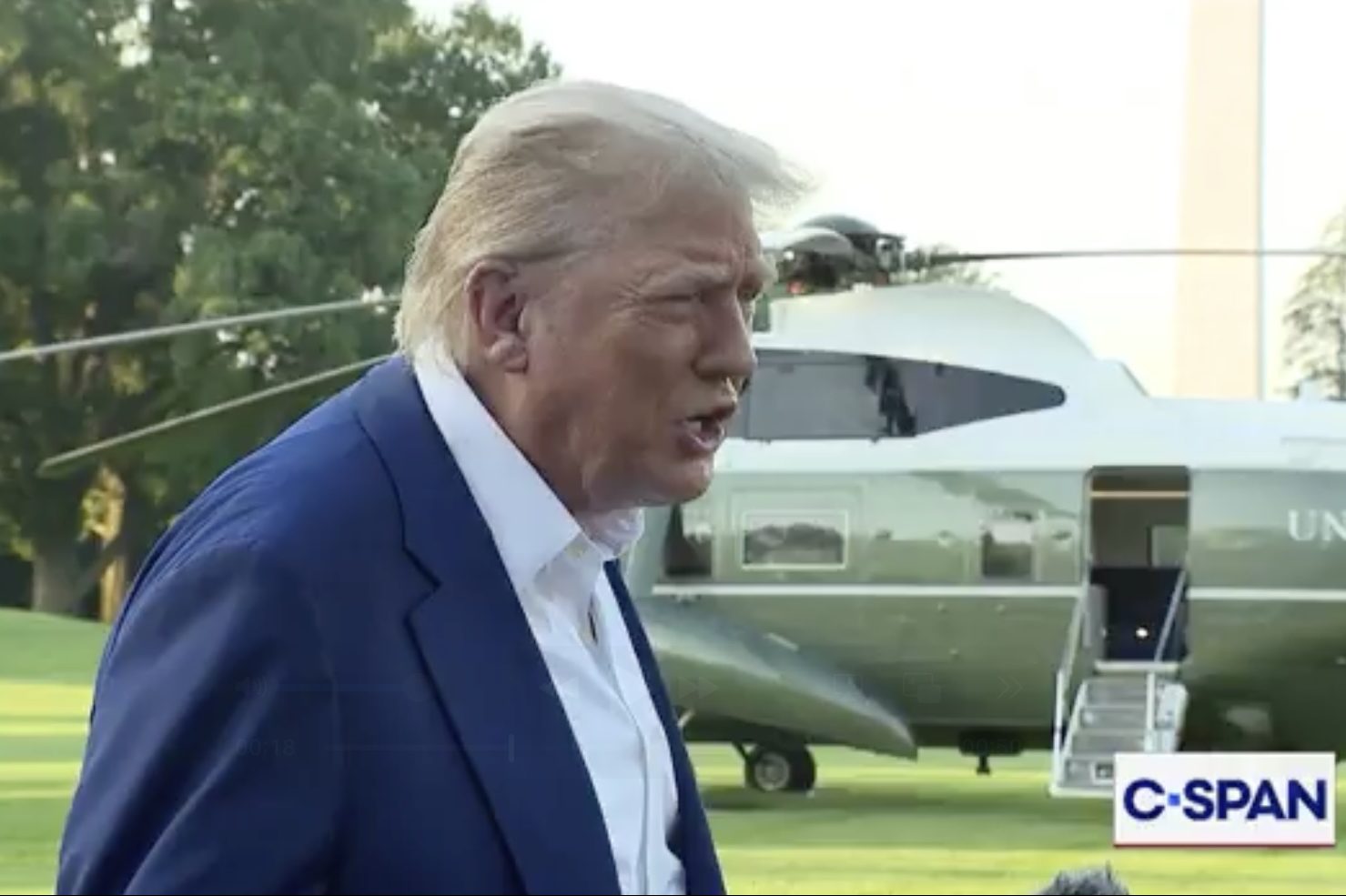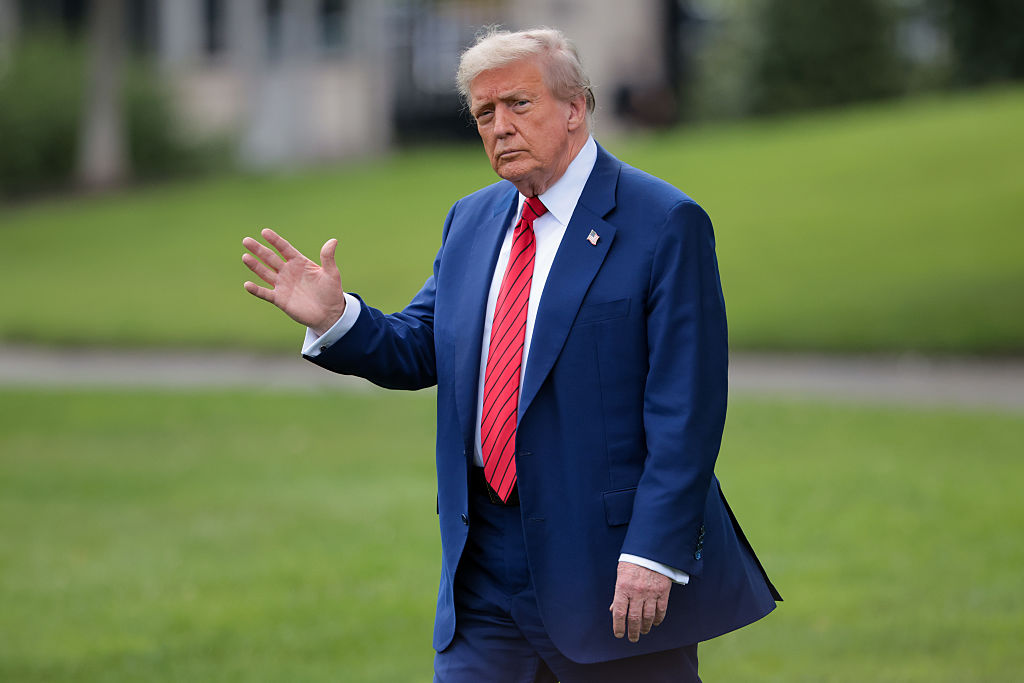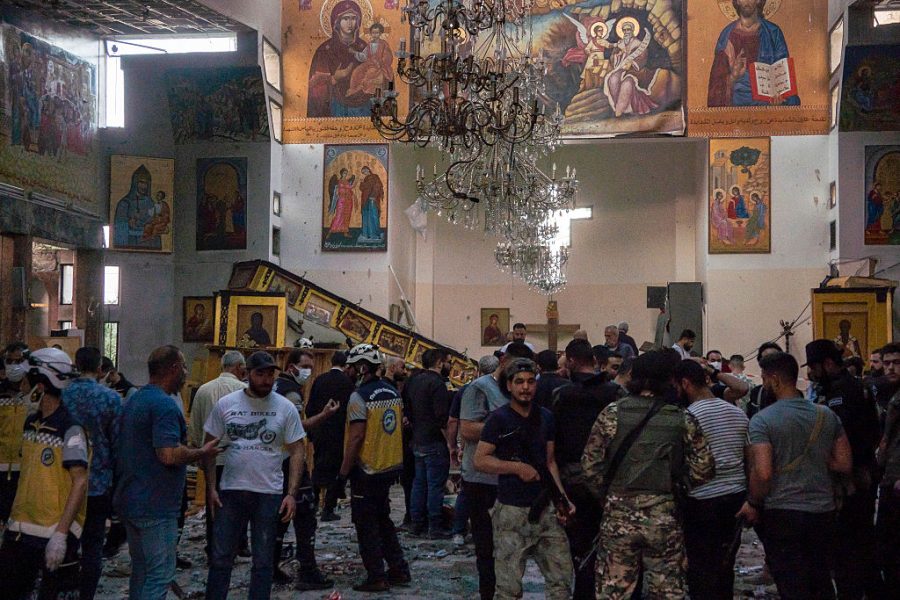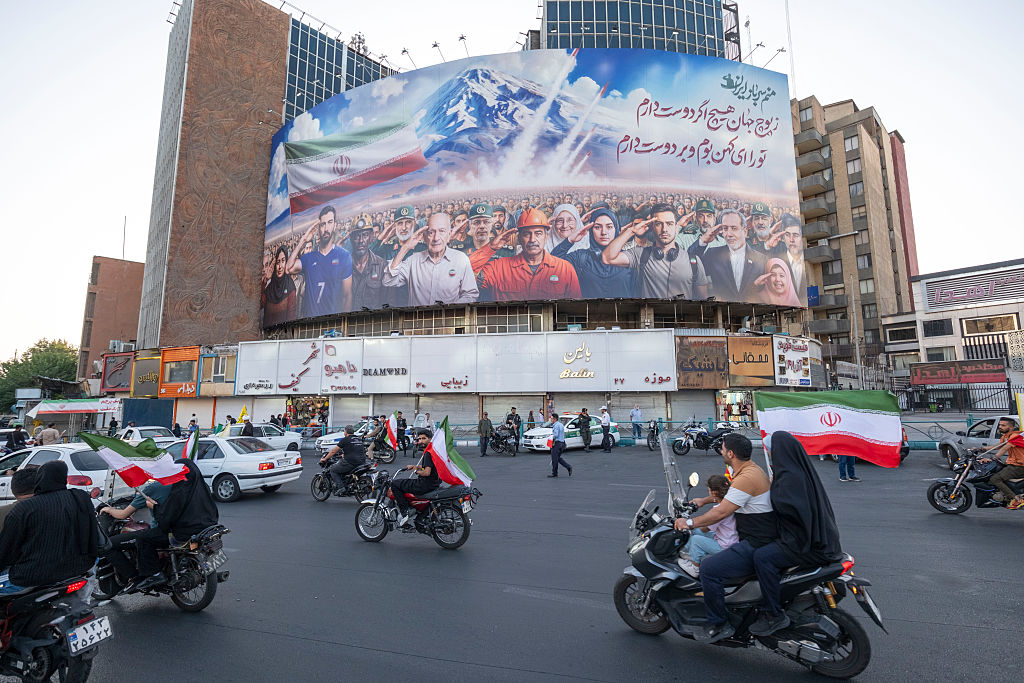Kabul
An insurgency has once again started in Afghanistan — and this time, the Taliban is the target. Since the Americans left Kabul last year, high-profile Taliban figures have been the victims of 220 remote explosive and suicide attacks, one of which took place the day before I arrived in the capital in October. A suicide bomber somehow managed to strike in a mosque inside Afghanistan’s Interior Ministry, which is responsible for security and law enforcement in the country. It was the type of attack that should have been impossible to carry out. Four people were killed and two dozen wounded. They were the latest victims of a war between the Taliban and ISIS.
Isis and the Taliban both follow variations of jihadist Sunni Islam, but they are ideological enemies. The Taliban’s beliefs are drawn from the Deobandi branch of Islam — which is less extreme than the Wahhabi-Salafist form of Islam practiced by ISIS (and also by al Qaeda). Many of the Taliban’s beliefs come not only from Sunni Islam but also the traditional Pashtun tribal way of life in Afghanistan. ISIS’s jihadi-Salafism places greater emphasis on the ‘purity’ of anti-idolatry than the Taliban. Crucially, the two groups also disagree over nationalism: ISIS rejects it, which runs counter to the Afghan Taliban’s aims of ruling Afghanistan.
ISIS’s Khorasan branch has only about 4,000 soldiers, far fewer than the Taliban’s 150,000 fighters. Yet ISIS’s strength is growing. One former senior British military source who still lives in Kabul says the actual number of attacks in the past year is “much higher” than 220, but incidents often go unreported or are covered up by the government in an attempt to maintain the facade of being in control. The Pentagon has warned that ISIS has been ready since April to use Afghan territory to launch major international attacks.
Kabul is in a state of paralyzed fear. At night the capital is virtually locked down. We were warned not to leave our safe house after dark because of ISIS’s currently favored tactic of attaching sticky bombs to vehicles.
Flower Street, so-called for the florists who in less dangerous times used to line its pavements with bouquets, is completely blacked out, save for several small, empty restaurants. When we ate at Haji Shams Sharif restaurant, the staff stood in complete silence, keen to avoid drawing attention to the establishment. The only sound came from the sizzle of chopan kabob on the grill and occasional sirens of the cars driven by the Taliban police.
“The Afghan people don’t believe the Taliban have the capacity to bring peace for any sustained period of time,” Zardasht Shams, a former Afghan diplomat, tells me. “They are very fearful that when they leave their homes something could happen to them.”
The truth is the Taliban simply can’t afford to defeat ISIS. The freeze of $10 billion of the country’s assets by the US and the withdrawal of most international aid, which previously accounted for 80 percent of Kabul’s budget, means there isn’t the money to finance effective counter-insurgency operations. The Taliban has tried to balance the demands of its ultra-conservative senior leadership with satisfying the international community in the hope of having its vital funds released.
In an effort to assert control, there is evidence of increasing Taliban brutality against ISIS, according to Human Rights Watch, which has documented the detention and execution of men suspected to be members. Since the Taliban returned to power, residents of Nangarhar and Kunar provinces, situated to the east of Kabul, have found the remains of more than 100 ISIS suspects dumped in local canals.
The country’s devastating economic crisis (90 percent of Afghans are unable to get enough to eat) has led to defections from the Taliban to ISIS. In response, the government has removed some of its more liberal officials. Most significantly, the education minister, who had proposed the reopening of girls’ schools in March, was replaced by Maulvi Habibullah Agha, the hardline head of the provincial council in Kandahar, who firmly opposes girls’ education.
The Taliban is also cracking down on foreign media. On our fourth day in Kabul we received a WhatsApp message informing us that our reporting accreditation was denied and we would have to leave the country immediately. The Taliban refused to give us an explanation, but it quickly became apparent that the group had suddenly canceled the existing visas of many foreign journalists. We took the next flight to Dubai.
During one of our last outings in Kabul, as we got back to our car, several homeless, haunted-looking, skeletal children attached themselves to the vehicle and clung on even as we began moving. They were so desperate for money or food, they were willing to risk being dragged along the road by our driver, who anxiously returned us to our safe house as soon as he could.
This article was originally published in The Spectator’s UK magazine. Subscribe to the World edition here.



